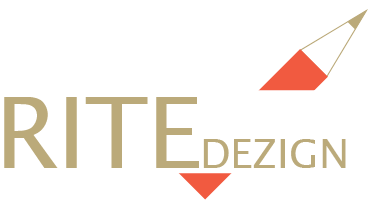
What Your Logo Can Do
The first job of your logo is to identify your business to others. It can do this really fast, and with complete sureness even to people who’ve not learnt to read. You surely know toddlers who can recognize their favorite ice-cream or chocolate brand.
So your logo is the face of your brand. And like a face it can be memorable.
That’s the second purpose of your logo, to stick in people’s minds. Because it’s so easily understood, it’s also easily remembered. It becomes a device you can use to keep your brand at the surface of people’s minds. For example say the word “hamburger”, and McDonald’s big yellow M comes to mind. This can be very useful in a sales situation when people are considering buying something you sell.
People remember logos, like they remember faces. Either because they make them feel good or because they make them feel bad.
And that brings us to the next thing the logo can do. It can bring to mind all that your brand stands for. Everything you’ve striven for, all the values—reliability, quality, trust, luxury—whatever it is that you’ve worked hard to invest in your brand. They’re all contained in that one package, your logo. That’s quite a package to pass on in a fraction of a second. You can begin to see how valuable it can be to have an effective logo.
From all this, we can work out what a powerful logo should be like.
- It should be simple.
Not literally, though. All that’s needed is that it should be simple to remember. Frequently, successful logos are semi-realistic renderings of objects or animals. Such logos have to be complex drawings or even photographs. Case in point, Leo the Lion, MGM Studios’ famous logo. Even though it’s a complex graphic image, it can be simply remembered as the “MGM Lion”. - It should communicate what the brand is about.
It might communicate just the brand values. For example, Nike’s check mark, or “swoosh”. It comes across as fluid, fast-moving, and affirmative, all at the same time. An additional bonus is that it also looks like a wing, evocative of Nike, the Greek goddess of victory. - It should be good-looking.
Good-looking can mean different things to different people. It can even be different in different eras. Indeed, long-standing logos have evolved to suit the tastes of changing times. - It should be of a robust and hardy design.
Because it has to appear in different media—from being painted on packing cases with a stencil, to being reproduced online. It should be possible to reproduce the logo in a single color, or multiple colors, and across media without degradation.
A well-designed logo can do many other crucial things for your business.
It can be the differentiator between you and the competition. In today’s business environment, it’s more than likely that you’re facing strong competition. It can be hard to stand apart. Your logo can be an important point of the distinction between you and others in your market.
It can attract new clients. A professional-looking logo indicates professionalism in your business dealings too. It reassures prospective customers and clients and makes them feel good about being associated with you. When the customer likes the logo he sees on your business card, it sets the tone for the interaction that follows. They start out feeling good about your brand. It’s more than likely that the ensuing conversation will go the way you want it to.
Once you’ve won over your prospect, your logo continues to play an important role. When your company image is strong and powerful, it’s insurance against present and future competitors. It ensures brand loyalty, keeping customers with you over the long term.
